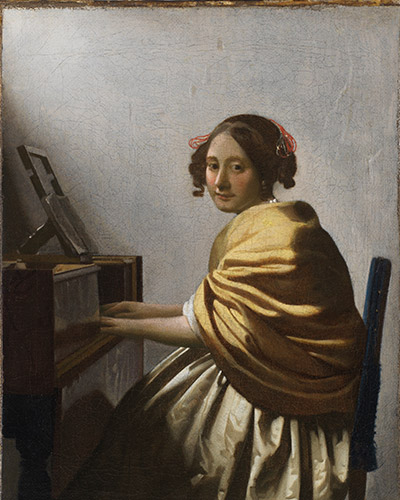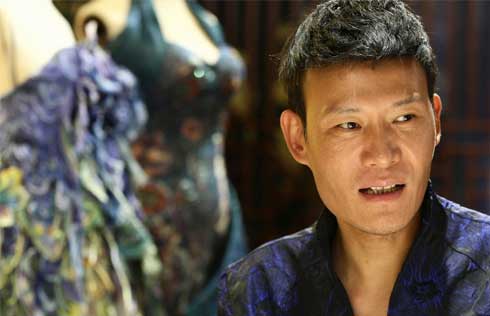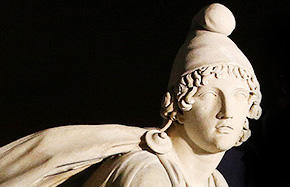Dutch Delights
 |
|
Card Players, by Jan Lievens.[Photo by Jiang Dong/China Daily] |
The exhibition also features Jan Lievens' Boy in a Cape and Turban, the collection's first loan. It was displayed at Los Angeles' J. Paul Getty Museum in 2004 and'05.
Kaplan says he saw in the audience a young girl visiting with her class.
"She was so mesmerized by the painting that she was standing there (in front of the painting) alone while the rest of her class walked on. From that moment on, I realized that it's all about sharing our paintings," he says.
"People ask me, 'How could you not live with the paintings?' The short answer is, 'How could we live with them?' They are meant to be seen."Kaplan says loaning his collection helps to bridge cultures just like Rembrandt did. He says that for many people, art is a pass to different kinds of social acceptance and power, but that is not important to them.
"We believe Rembrandt, almost uniquely, lends himself to being able to build bridges between cultures. We don't view him as being an instrument of cultural imperialism," he says.
"And one being able to see Rembrandt is a means of showing what unites us, much more than what divides us."
The collection launched an online catalog in January for people who are interested in information on the 175 works and articles written by museum curators.
"People tell me what a useful tool it is, and it is the reason why very early on we decided we didn't want to do a book. We wanted to be democratically available for students, curators, collectors, auction houses, dealers and historians," says Kaplan.

















